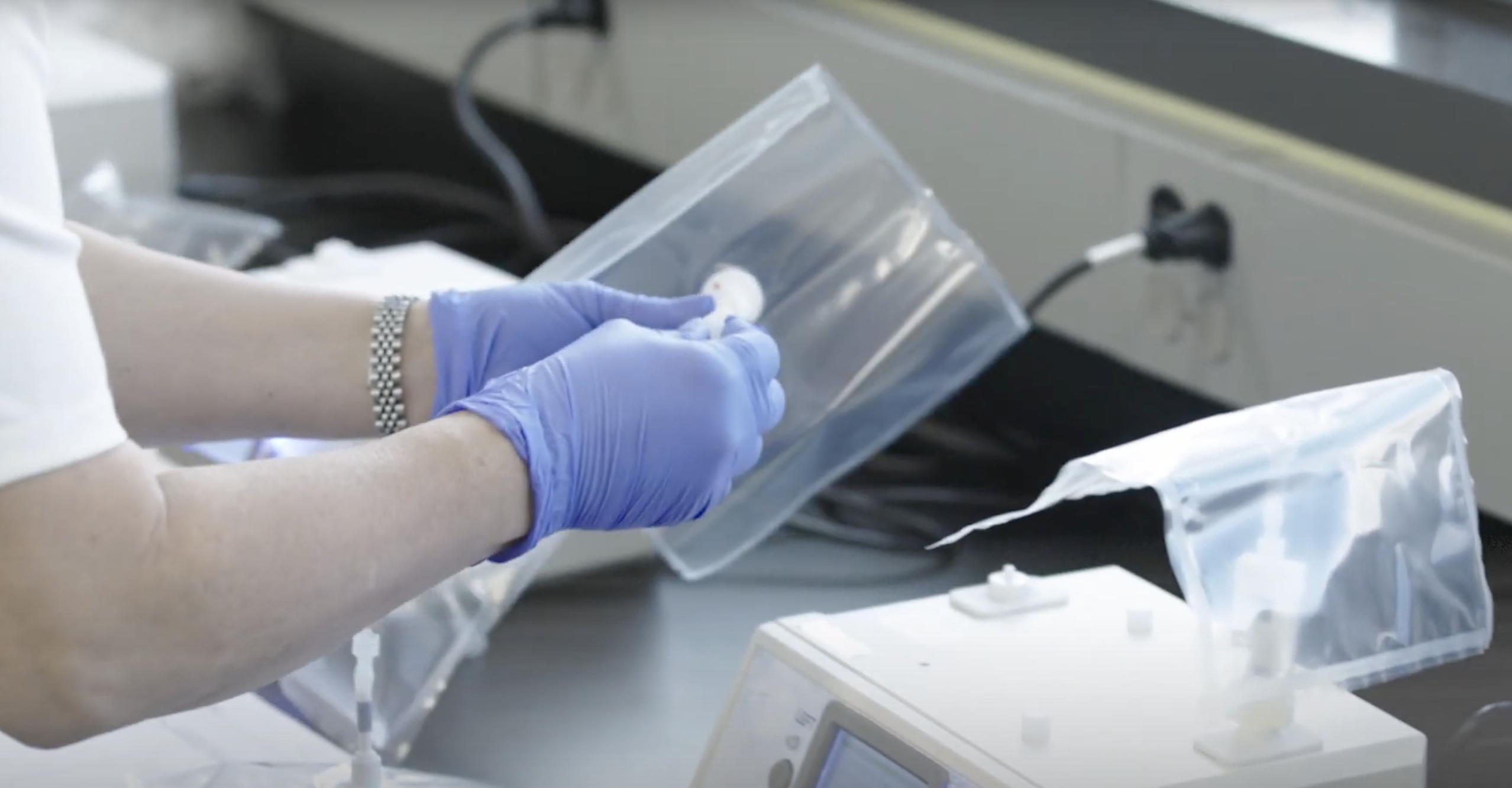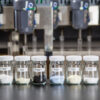Kentucky-based Breath Diagnostics has made a major achievement. In a peer-reviewed analysis, the medical technology company’s OneBreath system demonstrated the ability to predict pneumonia onset among elective cardiac surgery patients with outstanding precision.
Elective cardiac surgery involves planned operations on the heart as opposed to emergency surgical procedures.
With the help of advanced artificial intelligence workflows, this breath analysis tool was able to identify the highest-risk subjects preparing to undergo surgery days in advance, thereby enabling much greater potential for early interventions.
As 6 to 20 per cent of patients develop the respiratory condition after heart surgery, the implications of this capability are immense. It could help healthcare facilities to optimize usage of their resources and personnel, significantly reduce medical costs, and lower mortality rates.
“Complications from pneumonia can be life-threatening, including respiratory failure requiring mechanical ventilation, sepsis [a critical bloodstream infection], and abscesses in or around the lungs that may need surgical intervention,” explained Breath Diagnostics’ communications representative, Stefan Weigl, in a recent blog post discussing the new research.
“Early detection and appropriate treatment are essential to minimize these risks,” he added.
In this case, 10 out of the 75 patients involved in the investigation developed postoperative pneumonia. Onset of this medical condition after undergoing surgery is a serious and expensive complication that happens frequently.
By being able to anticipate this issue ahead of time, physicians could act more proactively, enhance patient safety and reduce strain on healthcare facilities.
“Our study demonstrated not only that pneumonia can be diagnosed earlier than with current clinical methods, but also that its onset can be predicted before symptoms appear,” highlighted Breath Diagnostics Chief Medical Officer and study author, Dr. Victor van Berkel.
The esteemed lung transplant surgeon explained that OneBreath’s capabilities could transform postoperative care and outcomes for the patients, and could potentially extend to those undergoing other types of major surgery.
Read more: Breath Diagnostics leader speaks at lung cancer education event in Louisville
OneBreath achieves strong performance metrics
The Breath Diagnostics diagnosis model achieved a highly favourable Area Under the Receiver Operating Characteristic Curve (AUROC) score of 0.833 and Area Under the Precision-Recall Curve (PRAUC) score of 0.818.
These numbers indicate that it is highly reliable for predicting pneumonia risk.
Van Berkel and colleagues completed their study at the University of Louisville. Results were published in The Journal of Thoracic and Cardiovascular Surgery on Jul. 2.
“This pilot study demonstrates that volatile organic compounds [VOC] captured from breath can be used to train and test machine learning models for diagnosis and prediction of pneumonia onset in patients undergoing elective cardiac surgery,” the researchers concluded.
It represents one of the first demonstrations that VOCs from breath samples can be reliable indicators of future disease.
Traditional diagnostic methods for pneumonia, such as sputum cultures and X-rays, are time-consuming and don’t provide results as quickly. Furthermore, X-rays have the downside of exposing patients to radiation.
Read more: Breath Diagnostics opens Respiratory Innovation Summit with captivating presentation
OneBreath’s capabilities extend beyond pneumonia
The Breath Diagnostics device has proven itself as one of the world’s most accurate lung cancer screening tools. It has been assessed in over 10 peer-reviewed papers and multiple clinical trials with more than 800 patients.
The device could alleviate many of the headaches and health risks associated with low-dose CT scans in the years to come should more widespread adoption occur. It also holds the promise of boosting screening uptake because of its convenient nature. The current compliance rate is a mere 6 per cent.
Chief Executive Officer Ivan Lo aims to launch a National Lung Cancer Screening Trial for OneBreath within the next two to three years.
“Our platform is among the most clinically validated breath technologies for lung cancer detection, with 94 per cent sensitivity and 85 per cent specificity across multiple independent sites and stages of disease,’ said Lo in a news release on Aug. 27.
“We believe OneBreath has the potential to become a first line of defense in identifying disease at its earliest stages, helping physicians make more informed decisions sooner.”
Breath Diagnostics is currently in the midst of completing a Regulation Crowdfunding campaign and giving the public the opportunity to become shareholders. Almost US$571,000 has been invested thus far, representing 19 per cent of the target amount.
The medtech innovator recently appointed a new Director of Mass Spectrometry and Analytical Chemistry.
“We are developing a new type of assay to screen for lung disease that is completely non-invasive and does not require any imaging,” said the company’s newest team member, Roland Jones. “Saying that I am excited would be an understatement.”
The contemporary addressable market for lung cancer screening technologies is estimated to exceed US$62.5 billion in the United States alone.
For centuries, physicians relied on their noses to sense certain illness; and today, emerging data suggests they were onto something. Breath analysis, which decodes volatile organic compounds (VOCs) exhaled with every breath, is a developing technology that may offer a… pic.twitter.com/iFl3WgbfPS
— Breath Diagnostics Inc. (@OneBreathDx) June 4, 2025
Read more: Breath Diagnostics gives the public the chance to join the fight against cancer
Follow Rowan Dunne on LinkedIn
rowan@mugglehead.com










